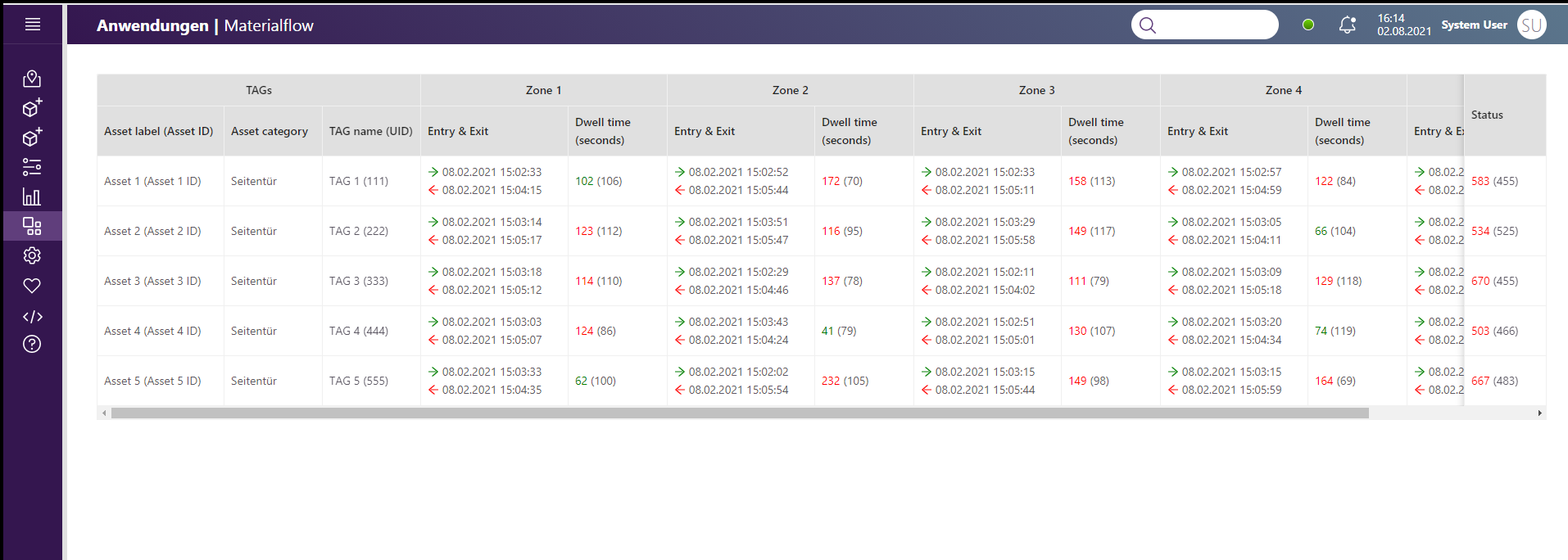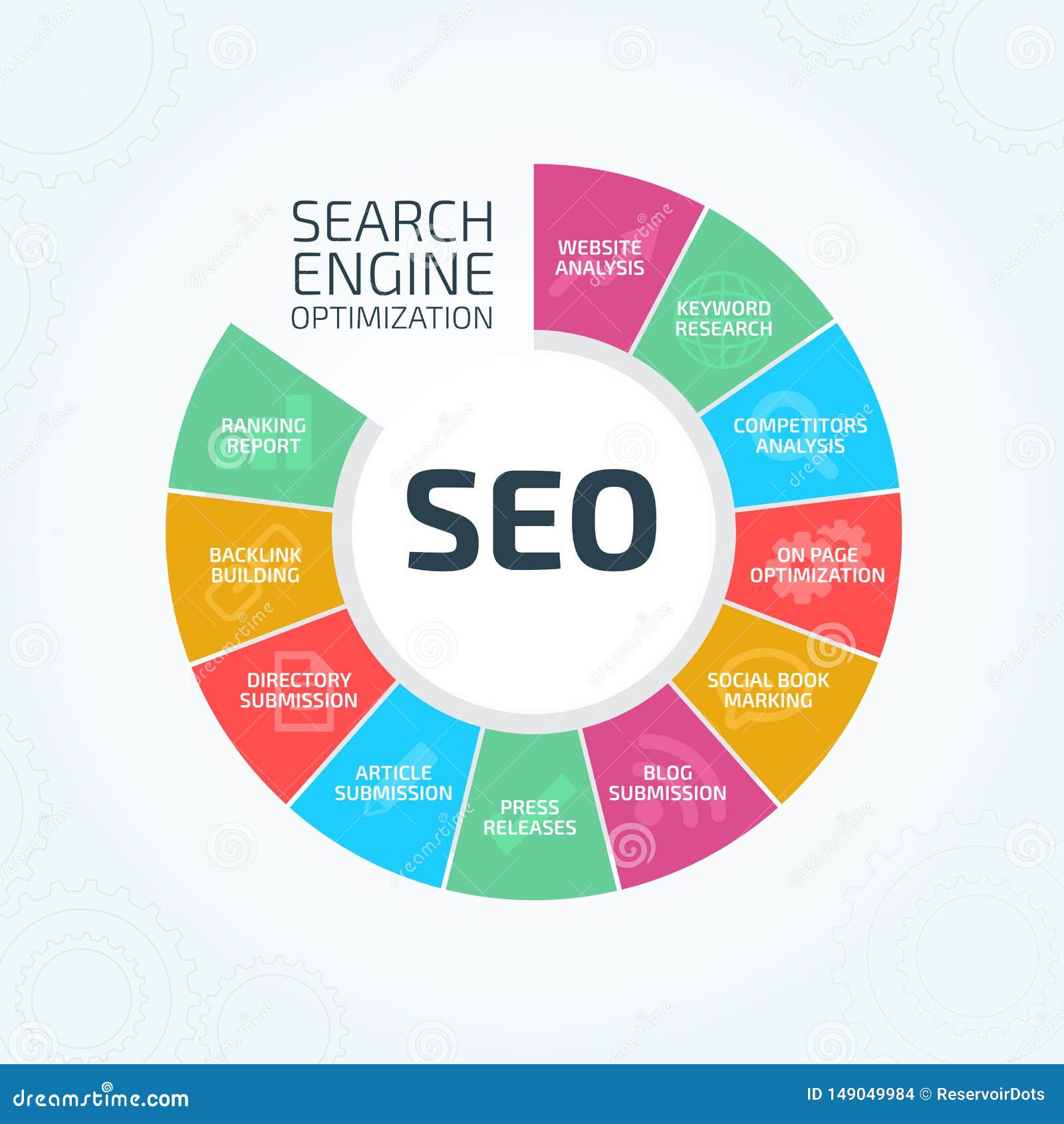
In the ever-evolving world of SEO, one metric has consistently risen in importance: dwell time. As search engines like Google refine their algorithms to prioritize user experience, dwell time—how long a user stays on your website after clicking from a search result—has become a critical factor in determining content quality and relevance. Alongside this, bounce rate (the percentage of visitors who leave your site after viewing only one page) also plays a significant role in how search engines evaluate your site.
For marketers, web designers, and content creators, optimizing for dwell time and reducing bounce rate isn’t just about improving rankings—it’s about creating a better user experience that keeps visitors engaged, converts leads, and builds brand loyalty.
In this article, we’ll explore what dwell time and bounce rate mean, why they matter in 2025, and how you can strategically improve both to boost your SEO performance.
What Is Dwell Time and Why It Matters
Dwell time refers to the amount of time a user spends on a webpage after clicking through from a search engine result. It’s not the same as session duration, which measures total time spent on a site. Instead, it focuses specifically on the interaction with a single page before the user returns to the search results or navigates elsewhere.
Search engines use dwell time as a signal of content quality. If users quickly exit a page, it may indicate that the content doesn’t meet their expectations. Conversely, if users stay on a page for an extended period, it suggests that the content is relevant and valuable.
Why dwell time matters in 2025:
– Algorithm updates: Google has increasingly emphasized user engagement metrics, including dwell time, in its ranking factors.
– User intent alignment: Pages that keep users engaged are more likely to align with the searcher’s intent.
– Content authority: Long dwell times can signal to search engines that your content is authoritative and trustworthy.
How Dwell Time and Bounce Rate Impact SEO Performance
Dwell time and bounce rate are closely linked, but they serve different purposes in evaluating user experience:
- Bounce rate measures the percentage of users who leave a site after viewing only one page.
- Dwell time measures how long users stay on a particular page before returning to the search results.
Both metrics are used by search engines to determine whether a page provides value to users. A high bounce rate combined with low dwell time often signals that the content is irrelevant or poorly optimized.
Key impacts on SEO:
– Ranking signals: Search engines use these metrics to assess the quality of content and user satisfaction.
– Crawling behavior: Pages with high engagement may be crawled more frequently.
– Conversion rates: Improved dwell time and reduced bounce rate can lead to higher conversions, such as sign-ups, purchases, or newsletter subscriptions.
By focusing on both metrics, you’re not only improving SEO but also enhancing the overall user experience.
Step-by-Step Implementation Framework
To optimize for dwell time and reduce bounce rate, follow this structured approach:
1. Define or Audit the Current Situation
Before making any changes, analyze your current performance using tools like Google Analytics, Search Console, and heatmaps.
- Check average dwell time for key landing pages.
- Review bounce rate across different pages.
- Identify high-bounce pages and understand why users are leaving.
Use tools like Google Analytics 4, Hotjar, or Lucky Orange to gain insights into user behavior.
2. Apply Tools, Methods, or Tactics
Once you have data, implement strategies to improve engagement and reduce exits.
- Improve content quality: Ensure your content is informative, well-structured, and answers the user’s query effectively.
- Enhance page speed: Slow loading times increase bounce rates. Use tools like GTmetrix or PageSpeed Insights to identify and fix issues.
- Add internal links: Guide users to related content, encouraging them to explore more pages.
- Use multimedia: Incorporate videos, infographics, and images to break up text and keep users engaged.
- Optimize headlines and subheadings: Make sure your content is scannable and easy to digest.
- Implement chatbots or live chat: Provide immediate assistance and keep users on the page longer.
3. Measure, Analyze, and Optimize
After implementing changes, track the impact using analytics tools.
- Monitor dwell time and bounce rate over time.
- Conduct A/B testing to compare different versions of your pages.
- Gather user feedback through surveys or usability tests.
- Refine based on data—continuously iterate and improve.
Real or Hypothetical Case Study
Let’s look at a hypothetical case study of a blog that improved its dwell time and reduced bounce rate:
Background: A tech blog had a high bounce rate (65%) and an average dwell time of 45 seconds.
Actions Taken:
– Rewrote articles to be more engaging and answer user queries directly.
– Added internal links to related posts.
– Optimized page speed by compressing images and enabling caching.
– Introduced interactive elements like quizzes and downloadable checklists.
Results:
– Bounce rate dropped to 40%.
– Average dwell time increased to 2 minutes.
– Organic traffic grew by 30% within three months.
This example demonstrates how strategic improvements can lead to measurable SEO and engagement gains.
Tools and Techniques for Dwell Time Optimization
Here are some modern tools that can help you optimize for dwell time and reduce bounce rate:
- Google Analytics 4 – Track user behavior, dwell time, and engagement metrics.
- Hotjar – Use heatmaps and session recordings to understand how users interact with your site.
- SEMrush – Analyze competitor websites and identify opportunities for improvement.
- Ahrefs – Discover high-performing content and optimize your own.
- Grammarly – Improve content quality and readability.
- Canva – Create engaging visuals to enhance user experience.
These tools provide actionable insights and help you make data-driven decisions.
Future Trends and AI Implications
As AI continues to shape the digital landscape, the importance of dwell time and bounce rate will only grow.
- AI-powered personalization: Search engines and platforms like Google are using AI to deliver more personalized results. Content that keeps users engaged will be prioritized.
- Voice search and multimodal interactions: With the rise of voice assistants and visual search, user behavior is changing. Content must adapt to these new interaction models.
- Predictive analytics: AI tools will soon be able to predict which content will keep users engaged, allowing for real-time optimization.
To stay ahead, focus on creating high-quality, user-centric content and leverage AI tools to monitor and improve engagement.
Key Takeaways
- Dwell time and bounce rate are crucial metrics for SEO in 2025.
- High dwell time indicates that users find your content valuable.
- A high bounce rate may signal poor user experience or irrelevant content.
- Use tools like Google Analytics, Hotjar, and SEMrush to track and improve these metrics.
- Focus on content quality, page speed, and user engagement to optimize both metrics.
- Stay ahead by embracing AI-driven insights and adapting to emerging trends.
Meta Title: How to Optimize for Dwell Time and Reduce Bounce Rate in 2025
Meta Description: Learn how to boost dwell time and reduce bounce rate in 2025 with actionable SEO strategies and tools. Improve user engagement and rankings today.
SEO Tags (5):
– Dwell Time Optimization
– Bounce Rate Reduction
– SEO Strategy 2025
– User Engagement Metrics
– Content Quality Improvement
Internal Link Suggestions:
– Parameter #8: How to Improve Website Speed for Better SEO
– Parameter #9: The Role of E-E-A-T in Modern SEO
– Parameter #11: How to Use Schema Markup for Rich Snippets
External Source Suggestions:
– Google Search Console
– Google Analytics
– Hotjar








